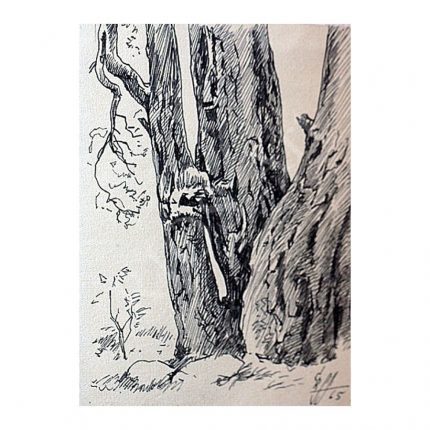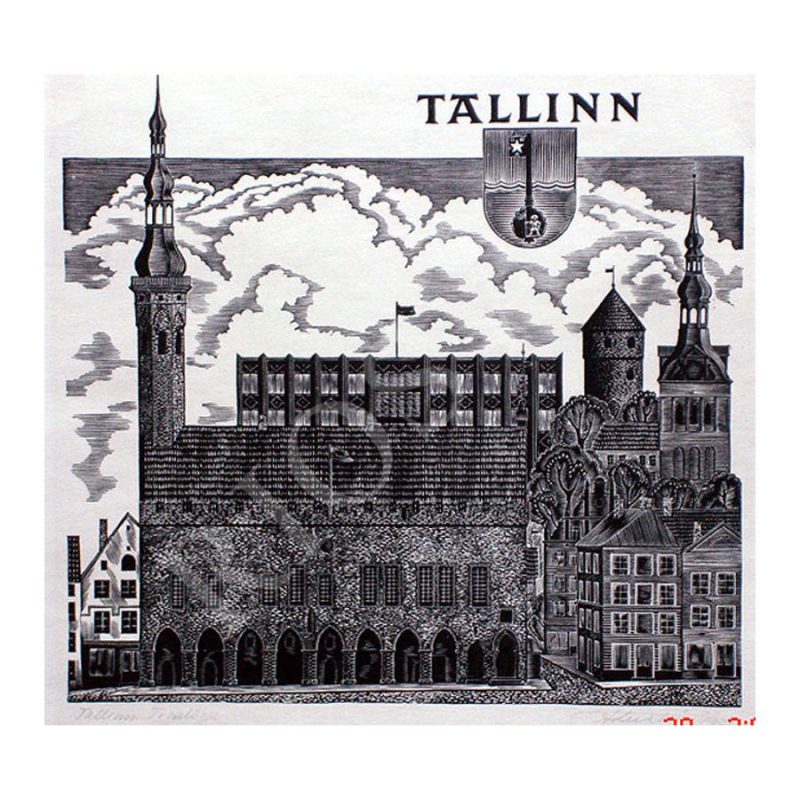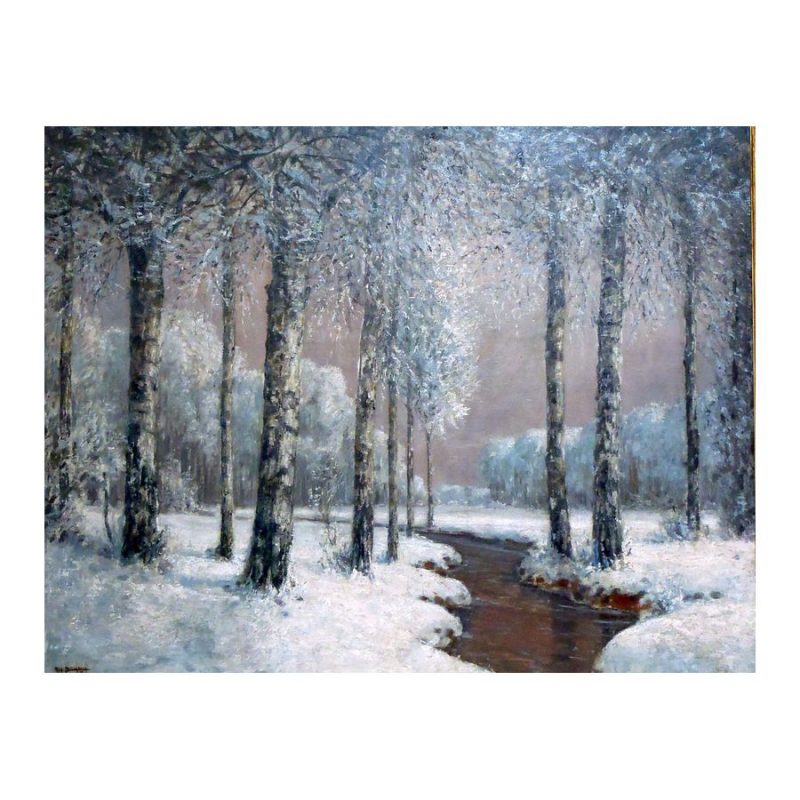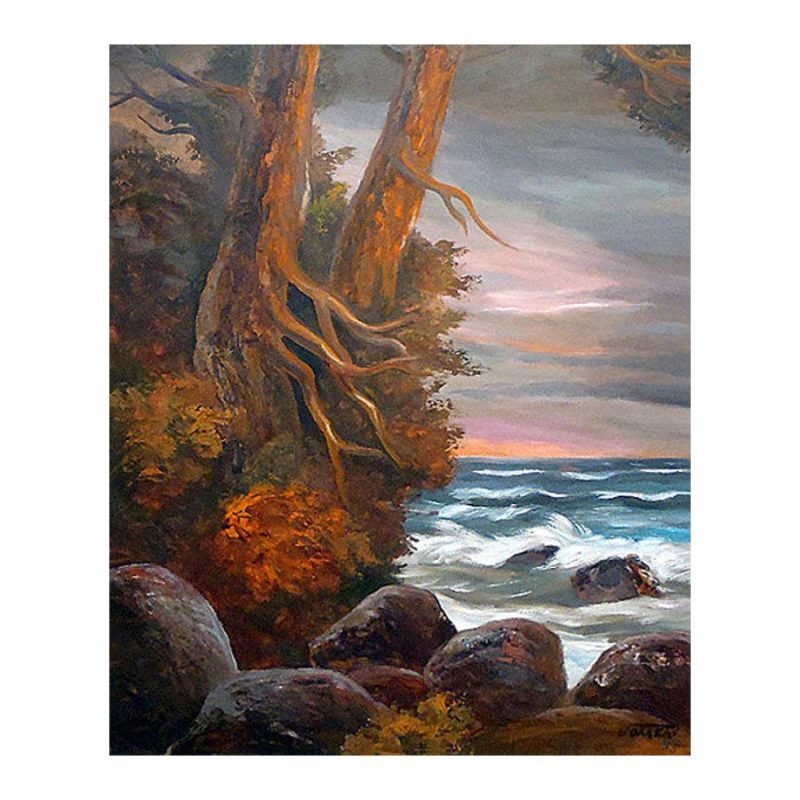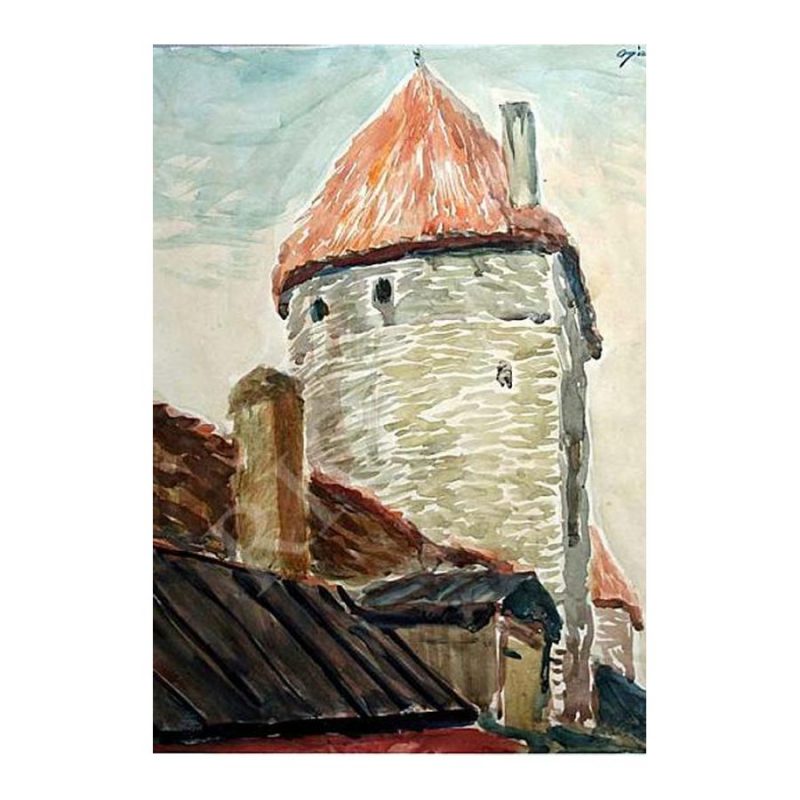Günther Reindorff (1889-1974)
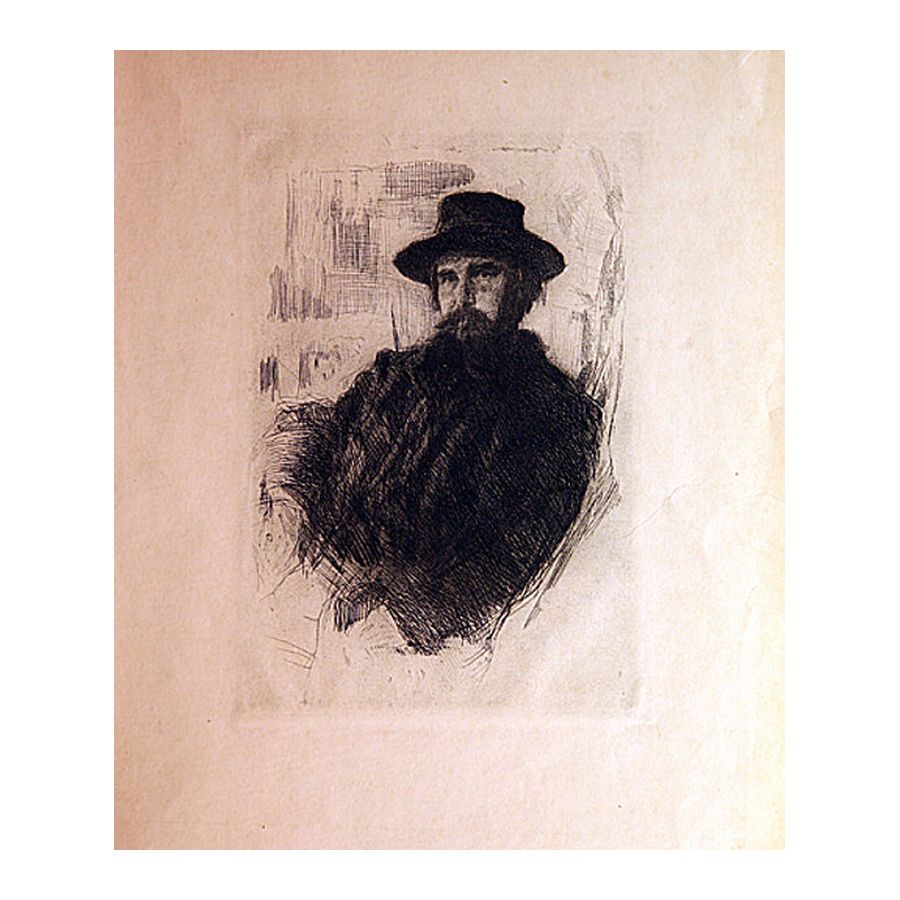
Günther Reindorff, born in St. Petersburg in 1889, spent his formative years oscillating between Russia and Estonia. By age 8, he relocated to Tallinn with his family, attending a real school, only to return to Russia upon graduation. His artistic journey began in earnest at the Stieglitz Central Technical School in 1905, delving deep into graphics and theater scenery studies under the guidance of mentors like P. B. Lambin.
Reindorff’s proficiency earned him a trip to France upon his graduation. From 1914 to 1915, he immersed himself in Mediterranean studies. However, the eruption of World War I forced his return to Russia. Back home, he contributed to the Petrograd expedition for state papers and Goznak. By 1920, he had relocated to Tallinn again, forging a significant part of his career at the Estonian Academy of Arts until 1958. This period marked his evolution from Art Nouveau to Art Deco, with inspiration from luminaries like S. Chekhonin and I. Bilibin.
Before the outbreak of the Great Patriotic War, Reindorff showcased his mastery in engravings and graphics, majorly focusing on landscapes. The Estonian occupation saw him residing in Haapse village, producing notable engravings like “Evening on the Island of Vormsi”. Tragically, a fire incident led to the loss of most of his creations. The post-war era witnessed his foray into Transcaucasia, resulting in a captivating series on Armenian landscapes.
By the 1950s, Reindorff’s flair became profoundly evident, especially through his work on Estonian landscapes. Diverse in his craft, he ventured into book illustrations, notable among which are “Dead Souls” and “Tales of the Daugava”. Beyond this, his versatility shone in designing monetary and military signs, bookplates for diplomas, and advertising sheets. Today, the legacy of this illustrious Estonian artist endures, with a painting available for online purchase at the Rios Art Gallery.

